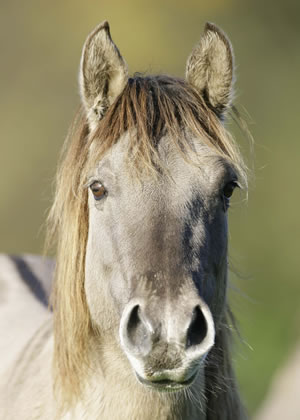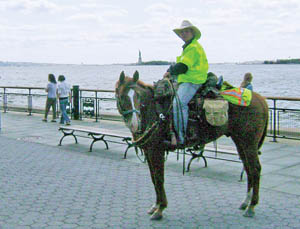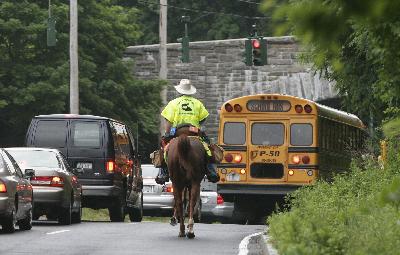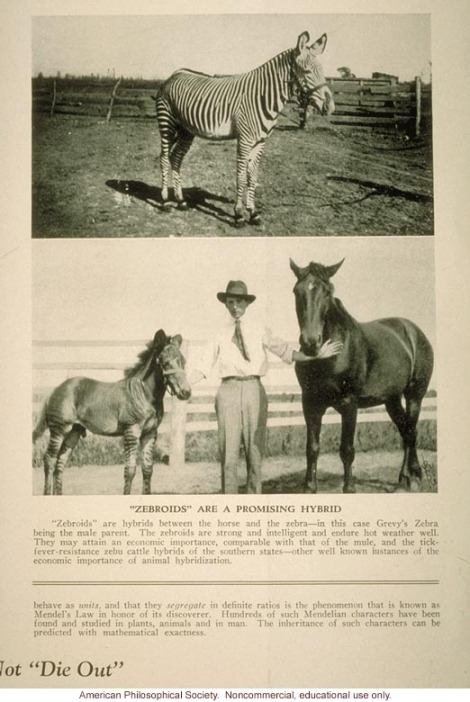
In Celebration of the 4th of July
~~~
ABOUT MY UNCLE DAVID
Excerpt from”Our Family History”
Considered a rebel by some and a hero by others … it is certain he was committed to a cause. He was no quieter on the pages of history than he must have been in real life.
His name was David Kennison and according to the family tree, he was my fifth great-uncle. Born in New Hampshire, November 17, 1736, he soon moved with his parents to Booths Bay, Maine.
By the time he had reached his thirities, there was no doubt that he had proven himself to be an active participant in the rebellious pre-revolutionary war events, especially judging by David’s performance at the Boston Tea party in 1773, when the malcontents dumped the precious cargo into the harbor.

As described in “The Price of Loyalty” the event went something like this:
“… Thus assembled, on December 14th, they whiled away the Time in Speech-making, hissing & clapping, cursing & swearing untill it grew near to Darkness; & then the signal was given, to act their Deeds of Darkness. They crowded down to the Wharves where the Tea Ships lay, & began to unlade. They then burst the chests of Tea, when many Persons filled their Bags & their Pockets with it; & made a Tea Pot of the Harbor…”
It seems that some of the tea did, in fact, find its way into David Kennison’s pocket, for according to a surviving family letter, David’s mother absolutely refused to drink any of the tea which her son brought home to her.
David was a “revolutionist” even before the Revolution. He was there when the fuse to the War of Independence was lit.
The scene was the Boston “massacre’ of 1770 when British soldiers fired into a crowd of hostile civilians, killing five.
The crowd at the massacre was described by John Adams, defense attorney for the British soldiers, as “a motley rabble of saucy boys … and outlandish jack tarrs.”
David Kennison was one of those saucy boys, perhaps even one of the outlandish jack tarrs.
Eager and committed to the cause, David fought through the battles of Lexington, Bunker Hill, Long Island, White Plains, Fort Washington, Brandywine, Red Bank, Germantown, Delaware, Hudson, and Philadelphia.
He was also involved in the minor fighting on Staten Island and Saratoga Springs. It seems only fitting that he was present at the surrender of Cornwallis.
David remained on active service duty during the entire Revolutionary war and was eventually captured by the Mohawk Indians at Saratoga and held as a prisoner by them for nineteen months.
When he was finally freed, he ventured to Vermont for the quiet life of a farmer.The peacefulness of this existence was soon too much for him.
Even though he was seventy six years old when the War of 1812 broke out, David enlisted at once, serving as corporal in Captain A. F. Hull’s Company, Ninth Regiment of the Infantry and fighting in the battle at Sackett’s Harbor.
It was there that his hand was badly mangled by a musket ball, landing him in the hospital.
He also fought in the battle at Williamsburg and narrowly escaped injury during the Dearborn Massacre.
But it was at the conclusion of the war and during peace time that David’s troubles really began.
He had moved to Lyme, Connecticut to again take up farming and while cutting down a tree, had an almost fatal accident when falling timber crushed his chest and fractured his skull.
Later, a horse kicked him in the face leaving permanent scars.
Nevertheless, even though he was in his eighties, he was soon able to resume faithful attendance at militia drills.
While at a training session in New YorkState, the premature explosion of a cannon charge shattered both of his legs between the knees and ankles.
But nothing dissuaded his spirits or his enthusiasm. He was one hundred and ten years old when he proclaimed his certainty that if he really wanted to, he could walk twenty miles in a day .
He died on February 24, 1852, at the age of one hundred and fifteen years, three months and seventeen days.
During his life he had voted for Washington, Madison, Monroe, Jackson, Van Buren and Polk.
His grave in Lincoln Park, Illinois was marked by a monument erected by the Daughters of the American Revolution and honored again at the Bicentennial in 1976.
Had he lived a few more years, there’s little doubt that he would have volunteered for the Union Army!
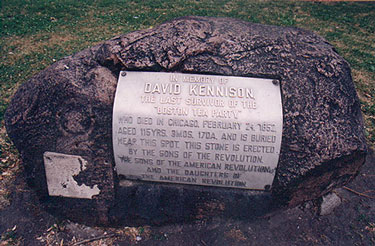
But wait … there’s more to the story.
When Chicago History Museum President Gary T. Johnson told his staff it was time to show off the museum’s vast collection of treasured items, they had an idea.
The resulting “Is It Real?” exhibit invites visitors to assume the role of curator, determining if something is a real historical find, a close call or just a bald-faced lie.
In some regard, it’s not dissimilar from the TV show “CSI,” which is also the theme of a new exhibit at Chicago’s Museum of Science & Industry in which visitors are asked to use their detective skills.
There’s a box of tea leaves that supposedly are from David Kennison, of Chicago, who died in 1852. He claimed to be 115, and to have participated in the Boston Tea Party.
Further research later found he was alive, but far too young to have pitched tea off any dock.
Nonetheless, Chicago gave him a hero’s sendoff when he died, probably in his 80s.
“You think people were so gullible and we’re so smart now, but people wanted to have that connection to the past,” Alter said.
“People wanted to believe Kennison, and I think he realized that.
“We have no idea if this is the tea he had,” Alter said, holding a small box that does contain tea leaves.
Inside the glass box is a typewritten note touting Kennison being at the Boston Tea Party.
Did Kennison really heave tea into Boston Harbor? Are the tea leaves from the 1700s, or a corner store 100 years ago? It’s just another one of the mystery questions.
As for me, considering all of the other proven battles in which Uncle David fought … I think I’ll just give him credit for his little Tea Party.
~~~
Except from: “Our Family History”
Reference: Chicago History Museum
Reference: Chicago Public Library, Austin Daughter of the American Revolution (David Kennison Chapter)









